The introductory post to Friday Flashback documented transactional and promotional communications. This post kicks off the transactional series by introducing line printer technology. The goal isn’t to explain every nuance of line printers and how they were used. The purpose of this discussion is to anchor a starting point in the transactional print discussion and highlight some of the key constraints with data and execution that limited communications.
I will use the same format I documented in my 3 layers that drive everything post which covered these three elements of a communication process:
- Data. Raw data forms knowledge about your patients.
- Strategy. A communication strategy designed to take said knowledge and transform it into a message.
- Execution. Activities to create and deliver the desired communication in a variety of understandable formats.
This post shows how the strategy for communication using line printers was limited by the available data and technology.
How much do I owe?
Transactional communications are applications like bills, invoices or statements. Traditionally, they had the following characteristics:
- Printed on a consistent timeline (monthly or quarterly)
- Used a huge amount of Personal Identifying Information (PII)
- Governed by some regulations (HIPAA for healthcare)
Printing high volumes of transactional communications has always been necessary but, prior to personal computers and networks, most data was stored on mainframe computers in large data centers. Through the late 1970s, when you wanted to print large numbers of statements, your only choice was a mainframe connected line printer.
What is a line printer?
Line printers print one line of text before advancing to print the next line. Think of them as high-speed typewriters using a variety of technologies like bands, chains or drums to print the letter or number on a page. There were a number of different vendors – like IBM. Take a look at this beauty, an IBM 3211:
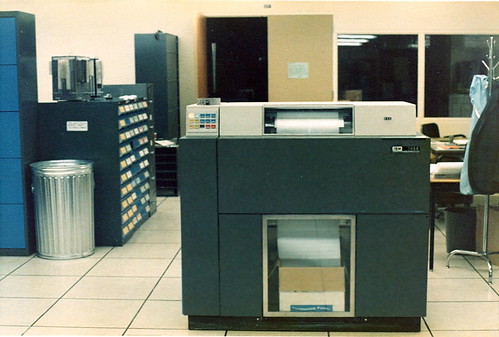
Data
Prior to personal computers and networks, most data was stored on mainframe computers in large data centers. The data was also stored in data sets – computer files in record format. Think of it as lines of data in fixed or varying lengths. Why is this important? Because the line printers could not accept it in any other format! This will make more sense when you see how the technology limited the layout of the print data.
And highly trained programmers were necessary to build the data sets used for communications. This required significant programming time and many companies were leery of changing any data sets on a regular basis. Nobody wanted to take a chance with mistakes in healthcare data.
The important point here is data structures were much more limited and the effort to set them up was significant. These factors restricted regular changes or updates to data formats as well as any form of changing or evolving strategy for communication.
Execution
You might have all the dreams in the world about customizing communications but the technology in line printer technology restricted your options. How so? I’ll discuss three key areas:
- Font limitations
- Page layout limitations
- Paper constraints
Font Limitations (the answer is pick one)
The font types were limited in two significant ways:
- Font Style
- Font Spacing
Font Style
Line printers used bands, chains or drums of characters which limited you to one font style at a time. Changing the font style involved manually changing the band, chain or drum and was typically avoided.
Font Spacing
Font spacing refers to the amount of horizontal space used by each letter. Take a look at the following graphic.
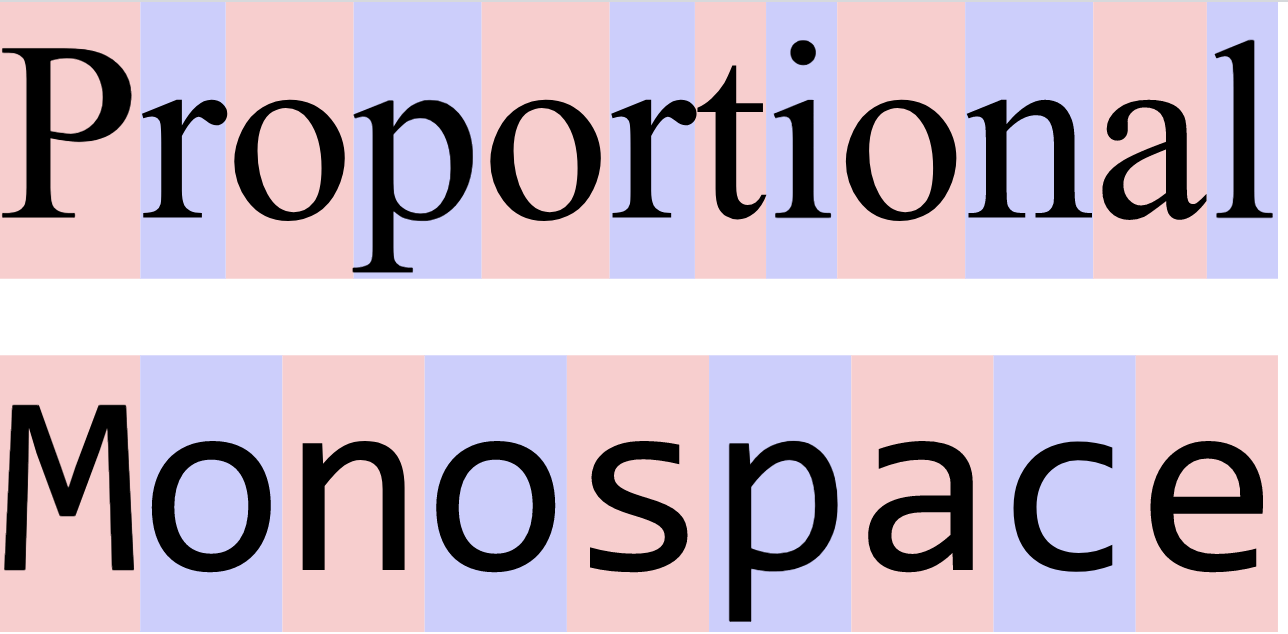
Monospace or Fixed Pitch fonts use the same horizontal space for every letter. Compare that to the Proportional or Variable Pitch fonts which use only the horizontal space required for the actual letter. Line printers used monospace fonts that were typically 10 characters per inch. The reason for this had to do with the use of preprinted forms.
Line printers could not print in color or create detailed graphics. Companies used pre-printed forms for invoices and statements. The only way to guarantee the text and numbers lined up in the right place on a pre-printed form was to use monospace fonts. See the image below:
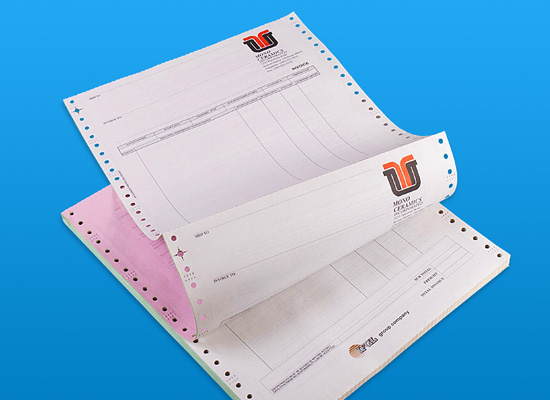
The form is pre-printed and you can’t change columns or data fields. You have to use monospace fonts to ensure the data lines up correctly. That’s how line printers worked.
Page Layout Limitations
Line printers lay out pages by the number of characters per line and the number of lines per page. This is because of the bands, chains or drums used for printing. The letter size was fixed on all of them.
For example, let’s say you wanted to print an 8 ½” x 11” portrait invoice like the image above. You could count on 10 characters per inch on a line of print – which limited you to 80 characters per line (8 inches of print space on a line, 10 characters per inch).
And you had two options for vertical spacing, either 6 lines per inch or 8 lines per inch. On an 8 ½” x 11” page, that was 66 lines per page (11 inches top to bottom, 6 lines per inch) or 88 lines per page (11 inches top to bottom, 8 lines per inch). That was it, folks. And remember, switching font types meant manually changing the line printer’s band, chain or drum.
Paper Constraints
Landscape printing was typically used for reports. One common format was called green bar with 66 lines by 132 characters per line. See the image below:
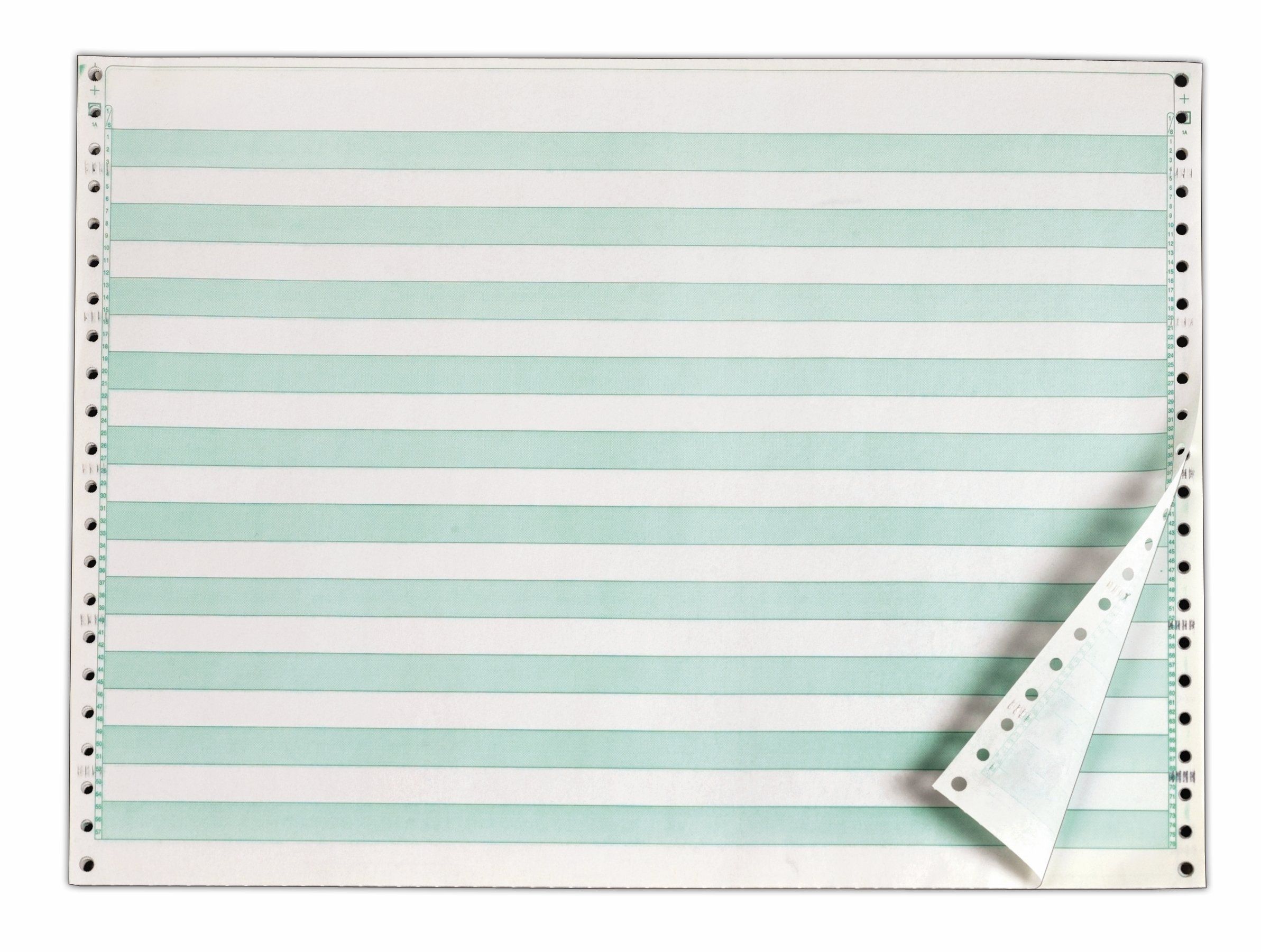
Notice anything else? Line printers were continuous feed printers. The paper inputs were fan fold connected to each other and had pin holes on the edges to facilitate feeding through the printer. Once your document was complete, you had to break apart the pages, pull off the edges and collate the pages! Hardly user friendly.
Summary
I documented these limitations as an anchor for what follows. Line printers (with all their limitations) were used for decades but, in the late 1970s, digital print technology emerged and changed everything. It was the first step in transforming transactional communications. All the limitations in font style, size and spacing were overcome. And you could pull data out of existing data sets without any programming at a mainframe level.
This also started parallel approaches to how to use technology: Do you implement technology that allows transformation without any change in your existing data stream? Or do you start from scratch and rebuild everything around the new technology? This debate continues even now.
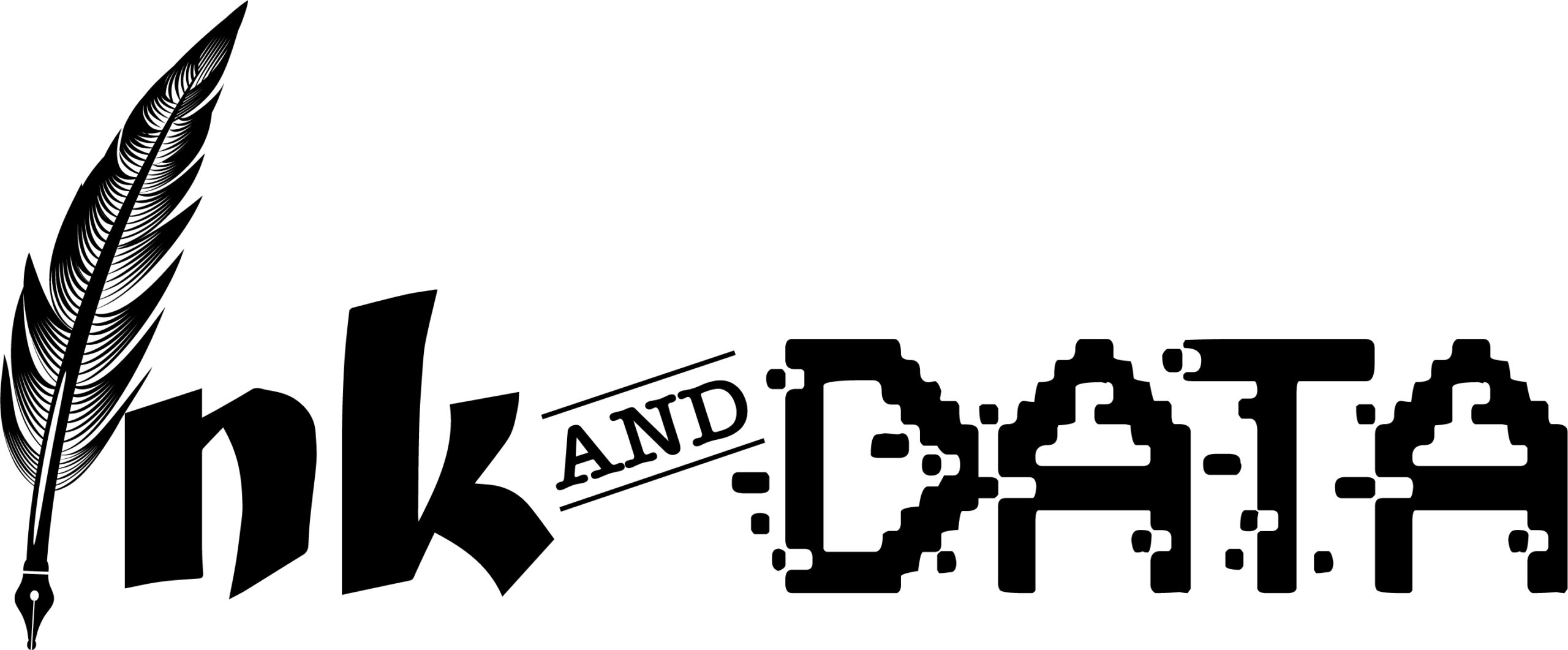
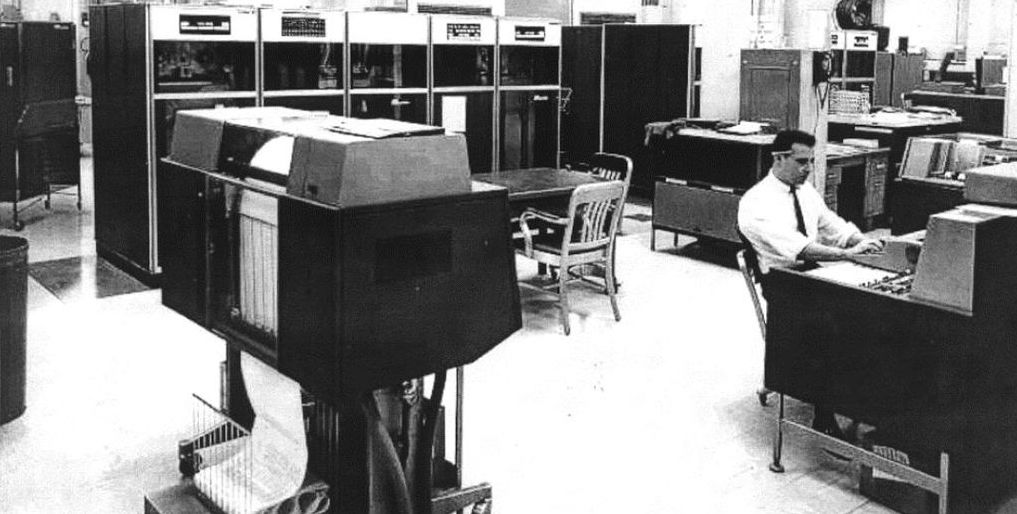
No Comments